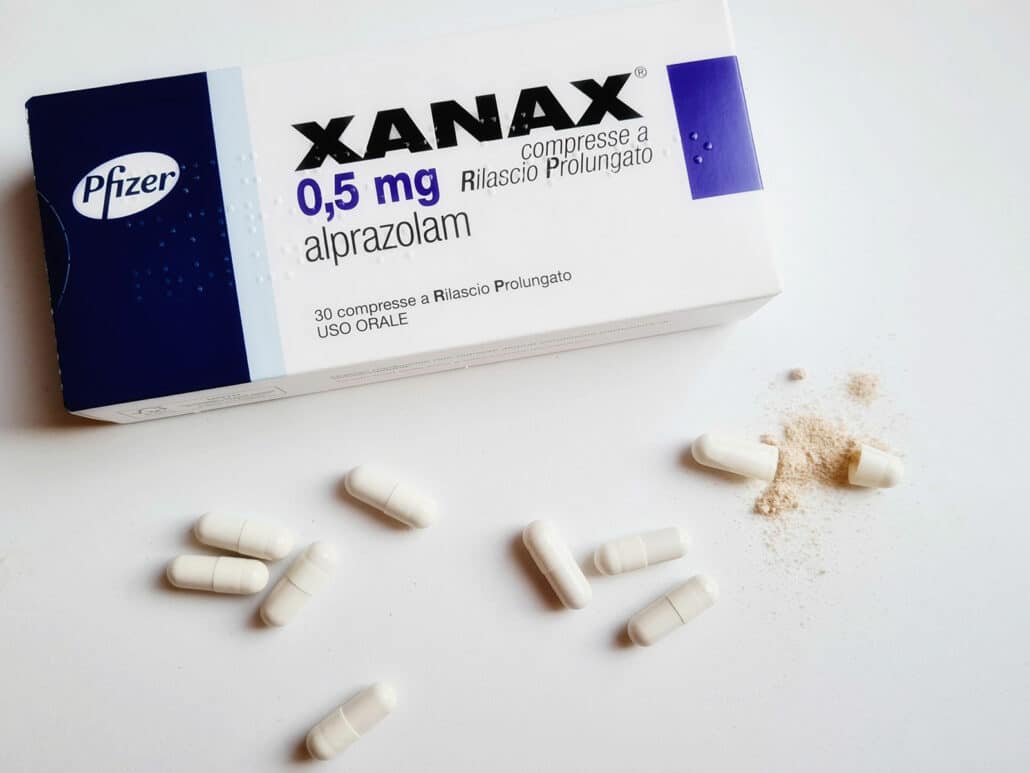Just like any other ativan (lorazepam), diazepam (valium), clonazepam (Klonopin and Rivotril), Xanax, an antidepressant meds which is also known as brand name alprazolam, is a benzodiazepine. Doctors commonly prescribe it to treat panic disorders and generalized anxiety disorder because it has a calming effect on the central nervous system (CNS depressant) and brain. Specifically, it is a GABA enhancer that slows down brain cell activity. Despite the approval from the Food and Drug Administration (FDA) and while it is prescribed frequently, it has psychodynamic properties that make it highly addictive. In addition, it has adverse and even serious side effects when consumed with various other medications. You may have heard that these controlled substances, Xanax, should not be taken with Tylenol and should only be taken with medical advice to avoid any side effects and possible impairment.
Let’s take a closer look and reveal when these medications can be consumed together and the possible effects.

Table of Contents
Side Effects of Taking Xanax and Tylenol
Tylenol, or acetaminophen, is an over-the-counter medication like codeine often used to treat fever, headaches, and other minor aches and pain relievers, just like tramadol, and this drug serves as a muscle relaxant supplement. Plain Tylenol can safely be used with Xanax, but the Tylenol dosage should not exceed 3,000 milligrams per day.
On the other hand, Tylenol PM should generally not be used with Xanax. This medication contains a sedating antihistamine known as diphenhydramine. Like Xanax, diphenhydramine depresses the central nervous system. As a result, drug interactions of the combined effects of these medications significantly impact the central nervous system. When Tylenol PM and Xanax are consumed together, drowsiness or sleepiness, lightheadedness, dizziness, dry mouth, confusion, trouble concentrating, and respiratory depression may develop. Be aware that diphenhydramine is also the main ingredient in Benadryl, an over-the-counter allergy medication. The side effects of taking Benadryl with Xanax are similar. More severe side effects of Xanax and diphenhydramine combined are a slower heart rate and reduced consciousness. Notably, respiratory depression associated with the combined use of alcohol, benzodiazepines, opioids, and other similar substances is one of the leading causes of overdose deaths.
Recommendations for Using Xanax with Tylenol
If you take plain Tylenol with Xanax, you should be careful not to mix this combination of medications with opioids, that’s why reading drug information and disclaimers should be observed. Severe and even fatal side effects may occur. In addition, this combination of drugs could increase the likelihood of developing an addiction. Some doctors may still recommend the use of Tylenol PM and Xanax from time to time for medically-necessary situations. However, consistent or frequent use of these medications together should be avoided. Be aware that taking more than the recommended or prescribed dose of either of these medications can increase your risk of developing an addiction and of experiencing more severe side effects. You should always consult with your doctor before taking a new over-the-counter or prescription medication for the first time with Xanax. In addition, driving and using heavy machinery should be avoided whether you take Xanax and Tylenol PM together or separately.

Treatments for Xanax Abuse
Because of how addictive Xanax is, dependence, abuse, and addiction are significant issues. Generally, prescribing this drug–Xanax, for a short period of time made by doctors to minimize these risks. Those who have been taking Xanax for a more extended period of time may need to taper down their dose to reduce the unpleasant withdrawal symptoms. In some cases, individuals can successfully wean themselves off of Xanax through a tapering effort under their doctor’s supervision. However, many people who have been taking high doses, who have been using Xanax for a long time, or who have mixed the use of different substances may find it more challenging to get clean.
Addiction treatment centers offer programs that are specifically designed for prescription drug abuse. Depending on the program, a person with an addiction may benefit from medically assisted detox followed by inpatient or outpatient treatment. Counseling, group and family counseling, and other services may also be provided. While breaking an addiction to prescription medications is not easy, getting the support you need can help you achieve your goal more successfully.
Learn About Your Treatment Options Today
Xanax abuse and addiction are significant problems in the United States, impacting physical and mental health, professional lives, finances, personal relationships, and more. While your Xanax addiction may negatively impact your life in many ways today, rest assured that it is possible to break your addiction. Our compassionate addiction experts at Long Island Interventions are committed to helping each of our clients live a healthy, sober life. To learn more about your treatment options and about us, a healthcare provider for Xanax addiction, contact us today.
FAQ
Can you take Tylenol and Xanax?
How long after taking Xanax can I take Tylenol PM?
Can you take Xanax with Tylenol extra strength?
Published on: 2022-11-17
Updated on: 2025-04-29

